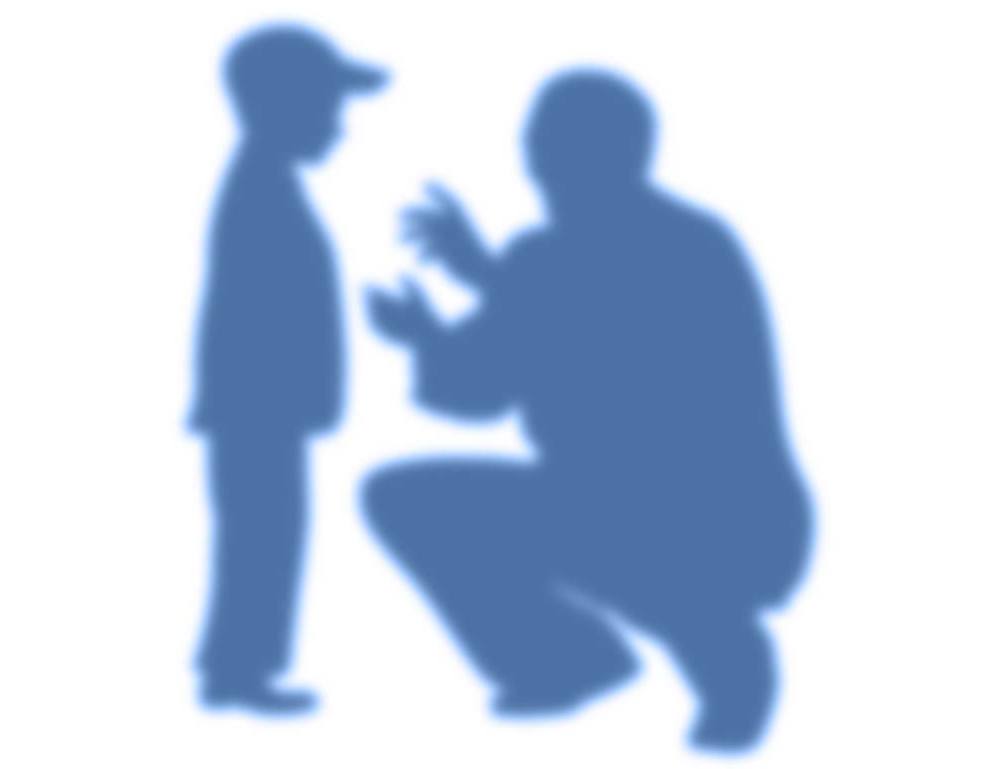
Welcome to the Children With Sexually Harmful Behaviour (SHB) Knowledge Bank:
The SHB knowledge bank provides excerpts from Children With Sexually Harmful Behaviour: Assessment and Intervention Training and related articles, news and information.
If you have any queries or require advice regarding SHB Assessment and intervention practice contact us and we will do whatever we can to assist.
Defining Sexually Harmful Behaviour:

There has been much debate over what constitutes sexually harmful behaviour. Unfortunately there is often confusion about what is appropriate sexual behaviour and different ages.
Some behaviours are clearly abusive; e.g. an adolescent engaging in sexual intercourse with a pre-pubescent child. This may not be the case when sexual activity occurs mutually between two adolescents that may be under the age of 16.
A sexually abusive act may then be those that occur when a juvenile commits a sexual act with a person of any age but that act is against the other person's will, is without consent and/or is aggressive, exploitative or threatening.
The NSPCC helpfully suggest Harmful Sexual Behaviour includes:
Using sexually explicit words and phrases.
Inappropriate touching.
Using sexual violence or threats.
Full penetrative sex with other children or adults.
Children and young people who develop harmful sexual behaviour harm themselves and others.
Sexual behaviour between children is also considered harmful if one of the children is much older – particularly if there is more than two years’ difference in age or if one of the children is pre-pubescent and the other isn’t (Davies, 2012).
However, a younger child can abuse an older child, particularly if they have power over them – for example, if the older child has a disability.
This definition does not take account of the wider range of sexual behaviours that maybe harmful to the child or others but lack the predatory, or clearly abusive acts.
The Harmful Sexual Behaviour Framework produced by the NSPCC, Research in Practice and Durham University suggests that sexually harmful behaviours are:
“Sexual behaviours expressed by children and young people under the age of 18 years old that are developmentally inappropriate, may be harmful towards self or others, or be abusive towards another child, young person or adult.”
Download the Harmful Sexual Behaviour Framework HERE
Using Assessment Tools:
Assessment is a daunting and complex task. Undertaking an assessment of sexually harmful behaviour among children and adolescents can be especially challenging and creates a lot of anxiety in the child's network.
Assessment tools can be extremely helpful in planning the assessment, structuring observations and interviews, organising evidence and anchoring the analysis and formulation.
EXAMPLES:
AIM 2 is a model of assessment and intervention designed for early intervention with males aged between 12 and 18, who are known to have sexually abused others on one or more occasions. It is not suitable for females, children under 12 and children with learning disabilities.
Juvenile Sex Offender Assessment Protocol (J-SOAP-II) is a checklist with the purpose of aiding in the systematic review of risk factors that have been identified in the professional literature as being associated with sexual and criminal offending. It is designed to be used with boys in the age range of 12 to 18 who have been adjudicated for sexual offenses, as well as non-adjudicated youths with a history of sexually coercive behavior. Decisions about re-offense risk should not be based exclusively on the results from this tool alone, it should always be used as part of a comprehensive risk assessment.
The Estimate of Risk of Adolescent Sexual Offence Recidivism - ERASOR is a Structured Professional Judgement (SPJ) approach designed to assist evaluators to estimate the risk of a sexual re-offense only for individuals aged 12-18 who have previously committed a sexual assault.
Female Perpetrators:
It is estimated that about 5-10% of all juvenile sexual offences are committed by girl,s but recidivism rates are also very low. As with sexual offences committed by adult females, it has been speculated that many sexual offences committed by females remain unnoticed, under-reported, undetected or even just ignored.
Some characteristics of female juveniles who sexually offend have been derived (Vander Put, 2013) but these are based upon limited data and can only be considered preliminary.
The offences of female sex offenders are more often directed at younger boys and girls. The victims in these cases are usually in close proximity to the offender, e.g. family members or children that are under the offender's supervision as in baby sitting.
There is a strong likelihood that the juvenile female sex offender has been a victim of sexual abuse.
Female perpetrators often have histories of mental health issues including PTSD and/or mood-disorder being common diagnoses.
Female Juvenile perpetrators have often engaged in non-sexual delinquent behaviour and other behavioural problems that includes alcohol and/or substance abuse, absconding, school and psychological adjustment problems.
Juvenile female perpetrators are often raised in chaotic and disorganised families.

What is Normal, Inappropriate, or Abusive Sexual Behaviour?
A starting point may be to consider whether or not the behaviour that is giving cause for concern is within the normal developmental range given the age of the child. In our experience, many practitioners feel underconfident in making this judgement and fear labelling behaviour, and consequently a child, wrongly.
Brook Advisory Service developed the highly acclaimed Traffic Light Tool which provides a quick, straight forward reference that helps inform early interventions and responses to concerns.
Assessment:
Key Principles:
The assessment must gather information concerning multiple domains of the child and family’s functioning. It reflects the fact that children who exhibit sexually harmful behaviour are not a heterogeneous group. Child maltreatment and sexually harmful behaviour itself is a multi-faceted problem.
The Assessment must use multiple methods to gather information: Over-reliance on a particular method can result in an incomplete or biased assessment.
The Assessment gathers data from multiple sources because people minimise or deny the harm they have caused (Webster, et al., 1997) are under pressure to present a positive self image or significantly over-estimate their strengths and abilities (Paulhus, 1998): Over-reliance on a particular source can result in an incomplete or biased assessment.
The Assessment gathers the Static and Dynamic risk factors because dynamic factors are important in respect of evaluating short term fluctuations in risk and developing positive safety plans.
The procedure that is used should balance risk factors for harm with buffers or protective factors associated with child and family resilience in adverse circumstances.
The procedure used should allow the assessor to judge the credibility of various sources of information, reconcile contradictory information and judge whether information is sufficient to permit a valid decision.
The status of risk and resilience factors fluctuates over time and such fluctuations can occur rapidly. Risk assessments should be re-evaluated at regular intervals or whenever there is a change to the status of the case.
The Assessment should consider major risk and resilience factors but also allows for the consideration of case specific risk and protective factors.
The Assessment needs to be comprehensible to people who must use the findings of the assessment.
The prevention of harm is the primary goal of risk assessment. The Assessment goes beyond making static predictions to develop responsive, flexible interventions.
Assessment Domains Tutorial
Intervention, Treatment and Management:

The following are important considerations for any safety planning and recovery work:
Interventions, including therapeutic treatment should be tailored to the individual, with positive outcomes dependent on the aims of the intervention.
Cognitive behavioural and multi-systemic therapies are considered to be the best approach when responding to young people with harmful sexual behaviours and sexual offending.
A systemic model that includes the family in the treatment process, where appropriate, is important.
Multiple placements, a lack of coherent philosophy/practice aims, and deficits in staff training are likely to contribute to potentially poor physical and mental health care for children in residential settings.
A resistance to ‘labelling’ a child as displaying problem sexual behaviours, can hinder appropriate treatments and interventions. In particular, a reluctance to ‘label’ problem sexual behaviour in children with learning disabilities, along with an occasional reluctance to acknowledge normal sexual behaviour in this group, can be barrier towards effective interventions.
Early and appropriate interventions best facilitate change, taking into account that the internalising coping strategies of some sexually abused young people may be wrongly interpreted as resistance to change.
Juvenile sex offenders are not the same as adult sex offenders, and therefore, caution should be used in applying knowledge of the latter, particularly in treatment terms, to the former.


